Museum heists, particularly those involving historical and valuable items, have shocked the world and inspired mystery and suspicion for more than a century.
In the latest incident of valuable stolen goods, four suspected thieves dressed as construction workers allegedly broke into one of the world’s most famous art museums, the Louvre Museum in Paris, on Sunday morning, making off with at least nine pieces of jewelry, some of which were previously owned by Emperor Napoleon I and his second wife, Empress Marie-Louise, according to officials.
French authorities have since launched an investigation into the theft. So far, no suspect has been publicly identified.
Before the theft, the Cour des Comptes (France’s supreme oversight institution) was investigating security at the Louvre. The court’s report, which is expected to be published in a few weeks, notes a significant delay in the “deployment of teams intended to ensure the protection of the works” at the Louvre, according to a copy seen by ABC News.
ABC News has contacted the Louvre for comment.
In an interview Monday with ABC News, French Culture Minister Rachida Dati said it is “complex” to protect buildings in France like the Louvre because they are “historical monuments.”
in a social media post On Sunday, French President Emmanuel Macron called the theft “an attack on a heritage that we cherish because it is our history.”
“We will recover the works and the authors will be brought to justice. Everything possible is being done, everywhere, to achieve this, under the direction of the Paris Prosecutor’s Office,” he added.
As the investigation unfolds, take a look at some of the most notable museum heists of the past 120 years, including the Van Goghs theft, the 1911 Mona Lisa theft, and one that resulted in $500 million worth of stolen art.
He $500 million Isabella Stewart Gardner Museum heist
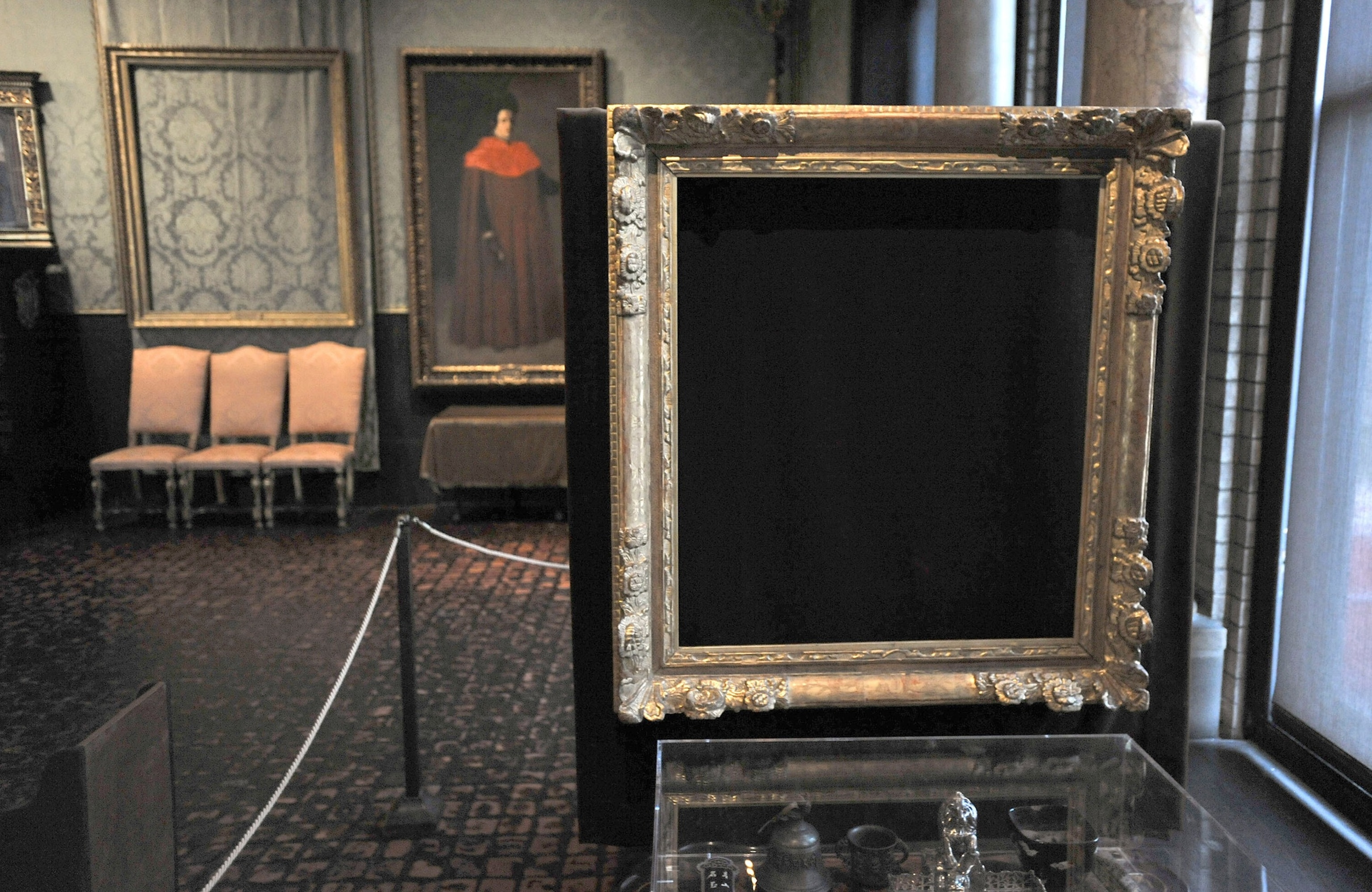
The empty frames from which thieves took Rembrandt’s “Storm on the Sea of Galilee,” left background, and Vermeer’s “The Concert,” right foreground, remain on display at the Isabella Stewart Gardner Museum in Boston on March 11, 2010.
Josh Reynolds/AP, FILE
Widely known as the largest art heist in modern history, the Isabella Street Gardner heist of March 1990 shook the art world and remains an event shrouded in mystery and unanswered questions more than 30 years later.
According to the FBIThe thieves arrived at the museum on March 18, 1990, dressed as police officers and pretending to respond to a disturbance call at the site.
After tying up security guards at the facility, the men spent more than an hour and 20 minutes roaming the museum, eventually making off with 13 works of art valued at $500 million in 1990.
According to the FBI, it is the largest property crime in United States history.
The Isabella Stewart Gardner Museum calls the theft “an active and ongoing investigation.”
Among the stolen works were “Portrait of the Artist as a Young Man” by Rembrandt van Rijn, “Chez Tortoni” by Édouard Manet and “The Concert” by Johannes Vermeer.
The Van Gogh Museum robbery in 2002
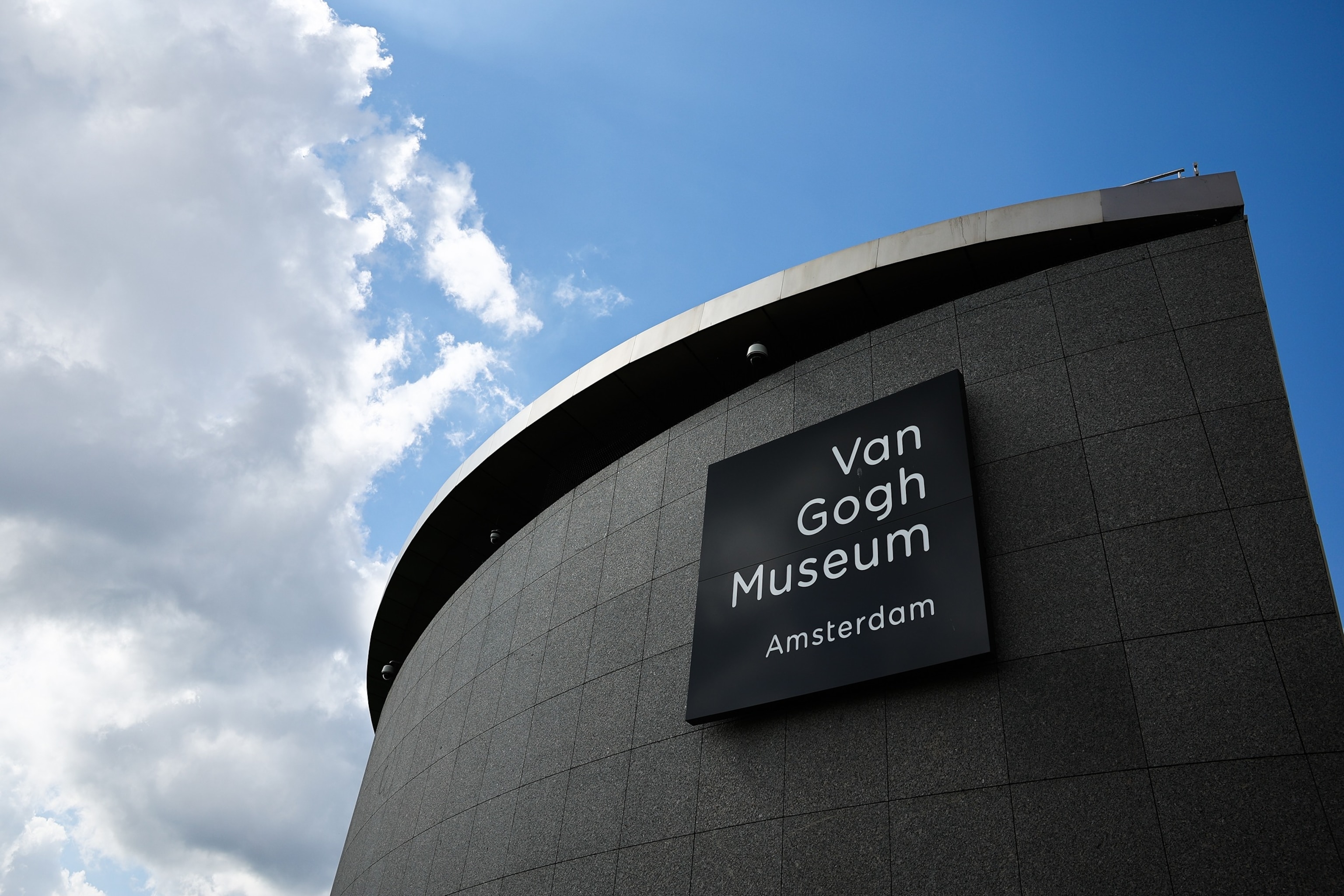
A view of the Van Gogh Museum building in Amsterdam, September 1, 2025.
Jakub Porzycki/NurPhoto via Getty Images
In December 2002, two agile thieves robbed the Vincent Van Gogh Museum in Amsterdam by climbing a ladder to the roof of the building and breaking into the premises, according to the FBI.
The thieves targeted two works by Van Gogh, “View of the Sea at Scheveningen.” and “Congregation leaving Reformed Church in Nuenen”.
The thieves were convicted of the crime by Dutch authorities in 2003, but authorities were left empty-handed when trying to recover the stolen works. according to the FBI.
More than a decade later, in 2016, the paintings resurfaced when the “Guardia di Finanza, an Italian special police force, found them in Naples during a major investigation into organized crime.” according to the museum’s website.
The theft of jewelry from the American Museum of Natural History
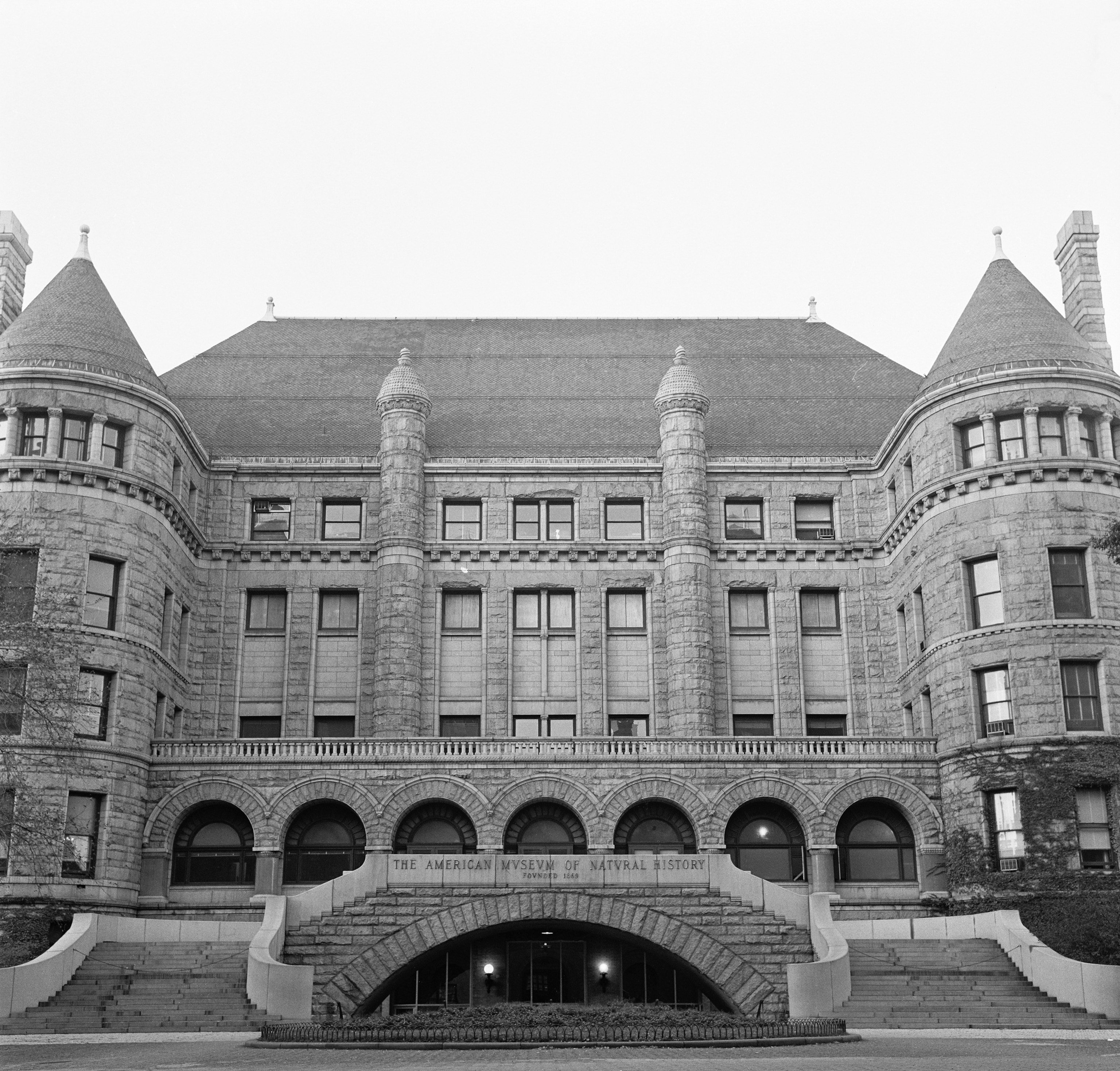
American Museum of Natural History, New York, October 1, 1963.
Bettmann Archive/Getty Images
In 1964, two men infiltrated the American Museum of Natural History in New York City, entered a fire escape leading to an open window, and carried out a major jewelry heist, stealing several gems worth nearly half a million dollars at the time, including the Star of India, a 563.35-carat sapphire.
The men and their accomplice, who served as lookouts during the heist, were later arrested, and the lead robber, Jack Roland Murphy, would assume the infamous nickname “Murph the Surf.” (The incident inspired the 1975 film “Murph the Surf.”)
Some of the jewelry was eventually recovered after the men negotiated with prosecutors to get it back, although others were never found.
Each of the men was sentenced to three years in prison for the ordeal.
‘The Scream’ painting stolen in Oslo
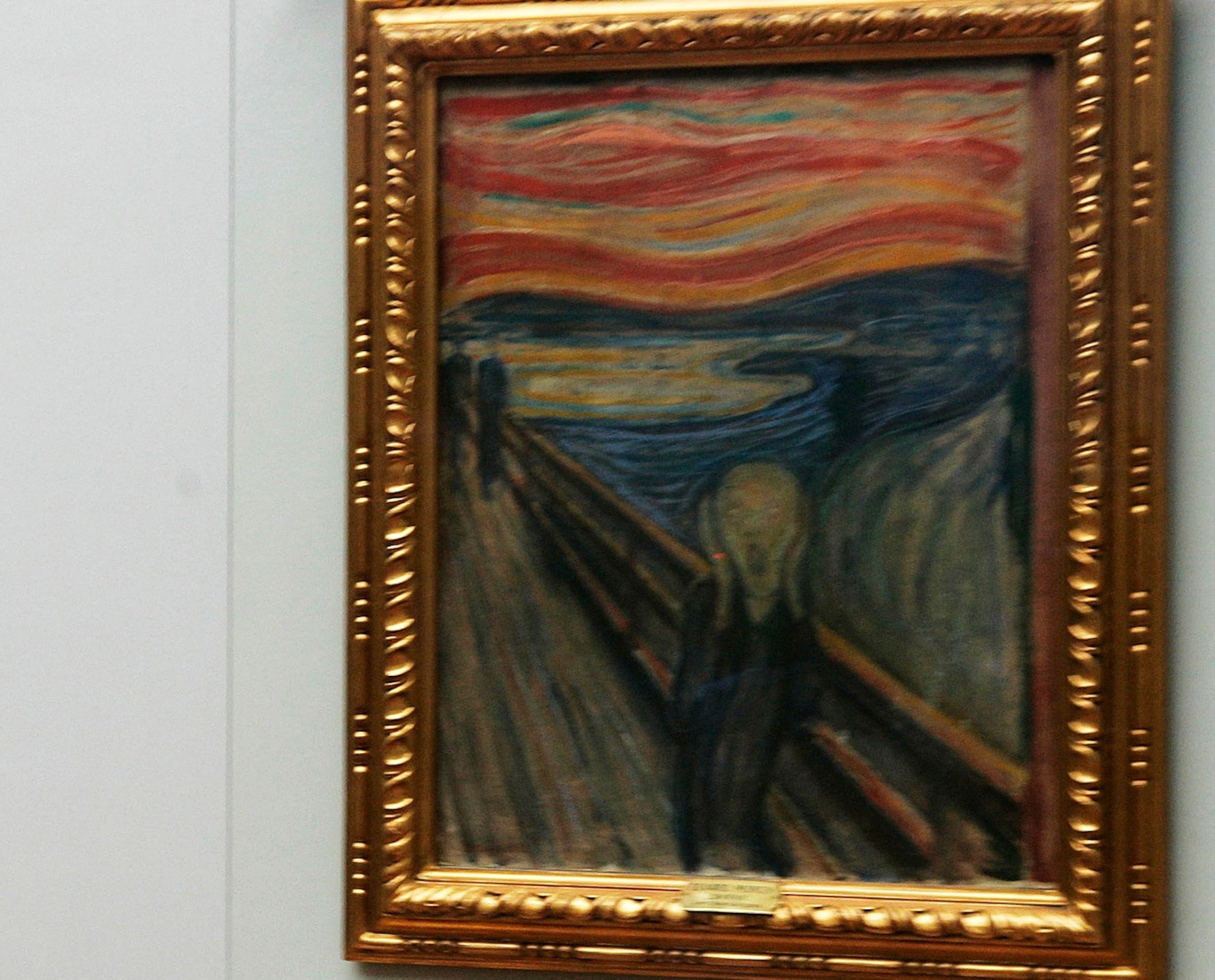
Munch’s painting “Scream” at the Norwegian National Gallery in Oslo, Norway, June 7, 2006.
Knut Falch/SCANPIX/AFP via Getty Images
On February 12, 1994, the late Edvard Munch’s world-famous painting “The Scream” was seized from the National Gallery in Oslo, Norway. Pål Enger, a now-famous art thief, and an accomplice stole the painting while the nation was paralyzed at the opening ceremony of the Winter Olympics in Lillehammer.
After Enger was captured that same year, the painting was returned to the museum with little damage. Enger was sentenced to six years and three months in prison for the robbery.
Enger, who later devoted himself to art while in prison, died in 2024.
The heist of Vincenzo Peruggia’s Mona Lisa in 1911
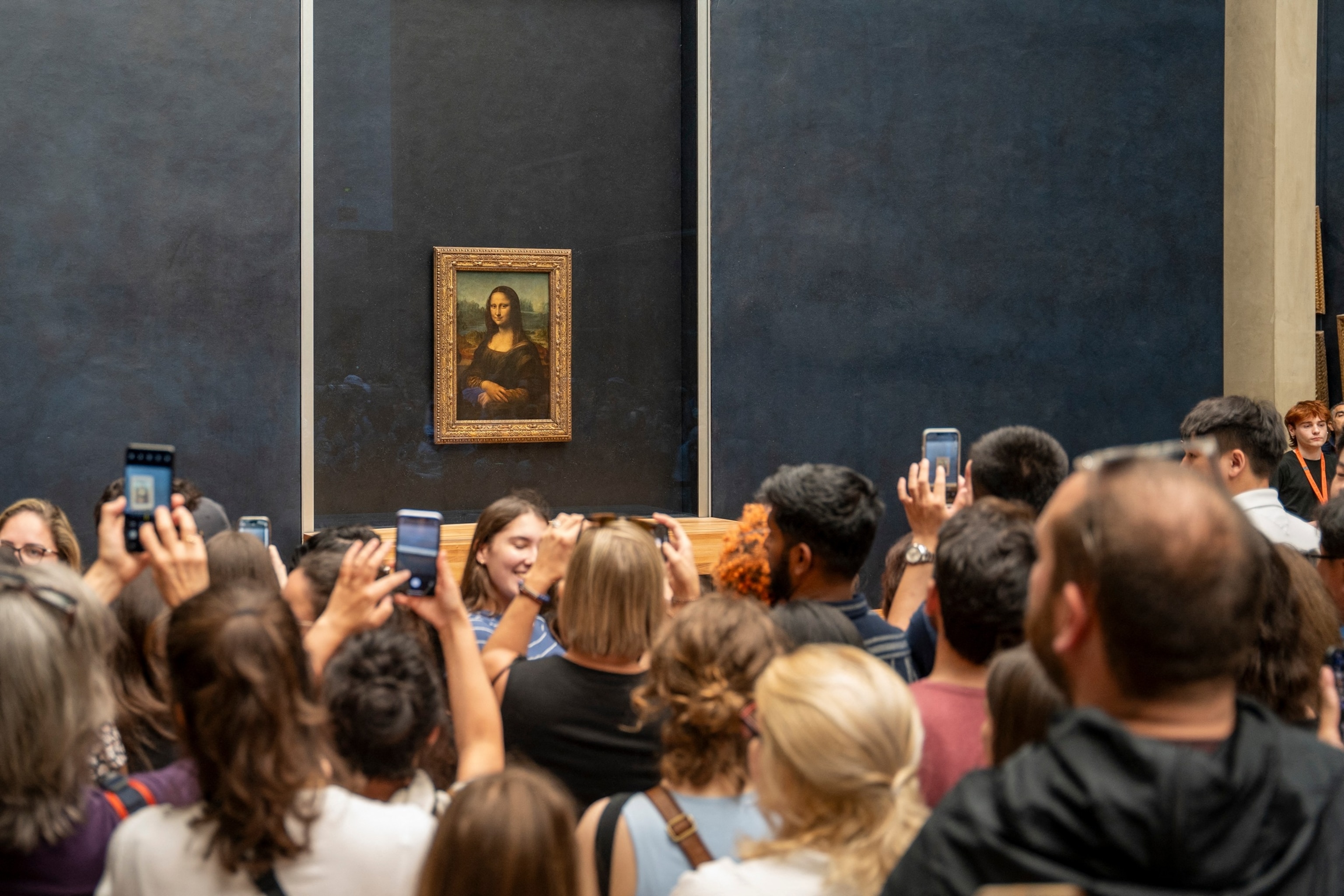
Crowds of tourists take photographs of Leonardo da Vinci’s Mona Lisa inside the Louvre Museum in Paris on June 7, 2024.
Antoine Boureau/Hans Lucas/AFP via Getty Images
Perhaps the most famous museum heist of all time came through Vincenzo Peruggia, a former Louvre employee who stole the Mona Lisa from the the Louvre in 1911 hiding in the museum and leaving with the painting under his clothes.
The theft baffled Paris for two years until an Italian art dealer alerted authorities that Peruggia had attempted to sell him the famous artwork, resulting in the recovery of the work and Peruggia’s arrest.


